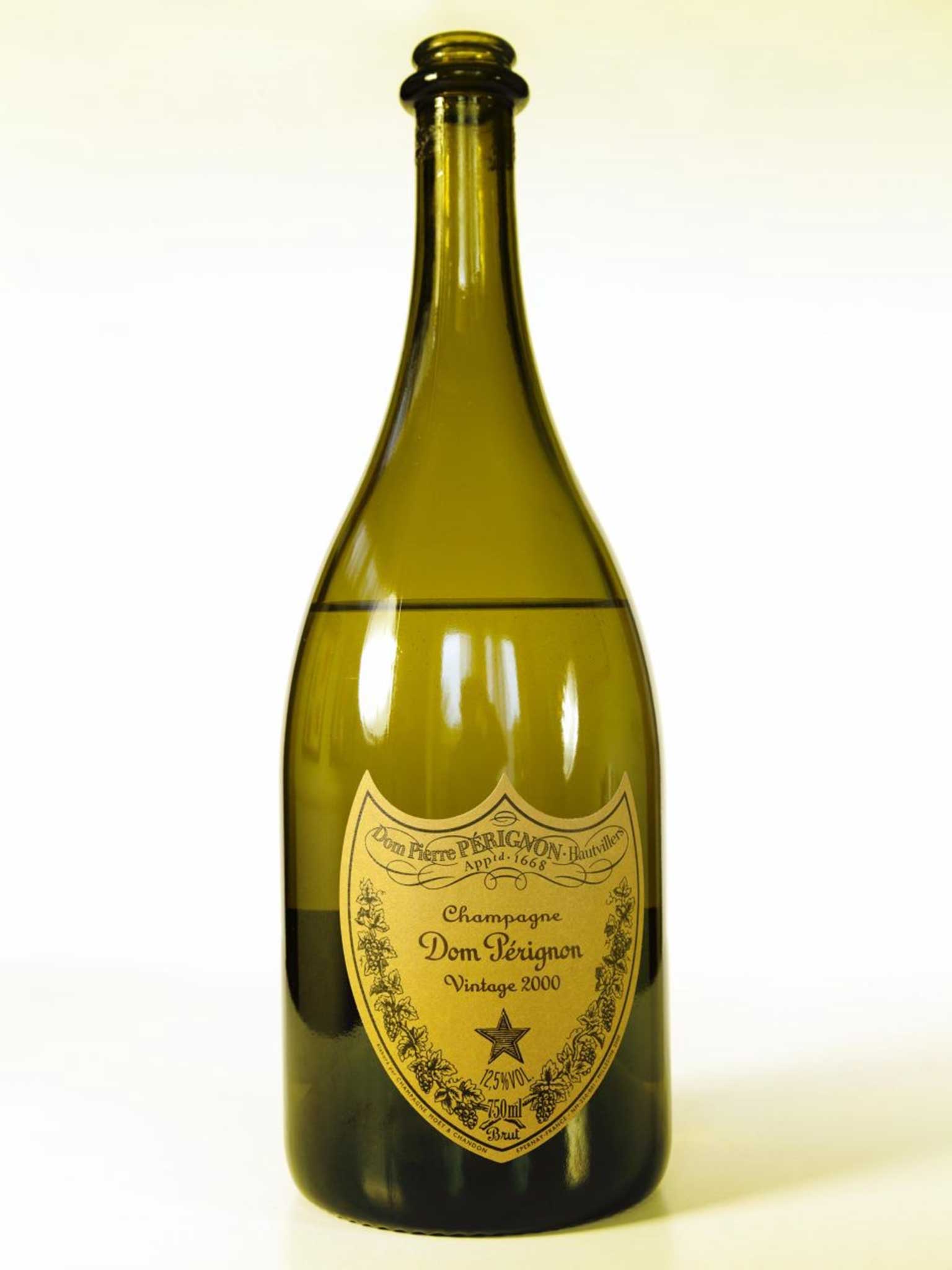Champagne's history is as rich as the people who drink it
An unusual combination of events made champagne what it is today

Your support helps us to tell the story
From reproductive rights to climate change to Big Tech, The Independent is on the ground when the story is developing. Whether it's investigating the financials of Elon Musk's pro-Trump PAC or producing our latest documentary, 'The A Word', which shines a light on the American women fighting for reproductive rights, we know how important it is to parse out the facts from the messaging.
At such a critical moment in US history, we need reporters on the ground. Your donation allows us to keep sending journalists to speak to both sides of the story.
The Independent is trusted by Americans across the entire political spectrum. And unlike many other quality news outlets, we choose not to lock Americans out of our reporting and analysis with paywalls. We believe quality journalism should be available to everyone, paid for by those who can afford it.
Your support makes all the difference.On 5 May, the most famous resident of the Champagne region is packing its bags, catching a Eurostar and coming to London. For 10 days, Dom Pérignon will occupy a central London townhouse, with its three floors given over to three different maturities (the new 2005 vintage, along with 1998 and 1982)
Uber-chef Skye Gyngell, of Spring restaurant in central London, will be in the kitchen from which lunches costing £200 a pop and dinners for £250 will issue; tastings will be led by that upper divinity of Reims, DP cellar master Richard Geoffroy, and are priced at £95.
The pricing is no accident: this is a luxury brand and a self-consciously exclusive event. Champagne is the flagship posh product in a shopping basket crowded with mass luxury.
In the 1950s, 50 million bottles of champagne were sold each year. Today, that number surpasses 322 million. Often, natural scarcity determines luxury – think diamonds and truffles – but that isn't so with champagne, which slowly evolved into one.
In the mid-18th century, champagne hadn't the cachet it enjoys today. You could get good champagne and you could get very bad champagne; it was just a name amid many other sparklers, like Anjou crémants or mousseux. By the middle of that century, any old body was selling wine under the now cherished name, which didn't help things.
So how did it become what we know today? Champagne's vineyards aren't as reliable as the ones in Bordeaux – the weather is variable, the soil irregular. Quality is dependent on the skills of the producer in mixing different harvests together to make something more palatable than its parts. The newly dominant wine merchants began to impress upon the producers the importance of the study of oenology and double fermentation, which makes the wine easier to transport, and so the foreign market for champagne grew.
Crisis, though, soon came upon the scene. The arrival of the phylloxera epidemic – a wine blight – meant vines had to be replanted, putting pressure on already stretched growers. As such, they then lobbied for more protection for the champagne name; and in 1908, the Council of State in Paris gave the brand a territorial delimitation – and provided no suggestion as to how the law should be implemented.
This immediately caused fury among those excluded, which grew to the point that rioting took hold, with headlines such as "Blind Fury of the Mob…Incendiarism and Loot" appearing throughout April 1911. Rich wine merchants' houses were razed, "The Internationale" was sung beneath red flags hoisted over Damery town hall and 40,000 soldiers were sent to quell the disorder.
It was this fiery event, and the years of legal wrangling which followed, that set champagne on its way to becoming what it is today. After innumerable legal to-ings and fro-ings, finally, in 1927, what we think of as the modern Appellation d'Origine Contrôlée standards of champagne were agreed.
And thus the established champagne houses began their drive for better quality: technical know-how improved, new techniques were fostered. Their monopoly meant that they could impose improved standards and so sales increased further still.
An unusual combination of events made champagne what it is today. And whether you think it is too dear or not, there is no denying that it is a product with a history as rich as the people who quaff it.
Join our commenting forum
Join thought-provoking conversations, follow other Independent readers and see their replies
Comments